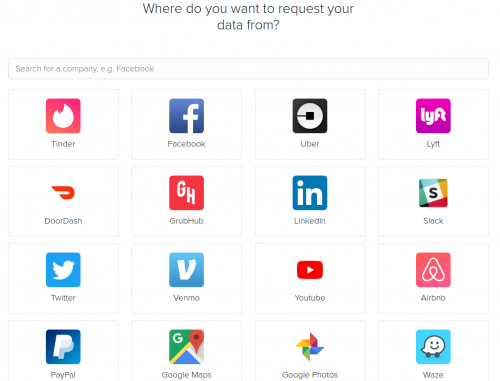Location: Limassol
Tag: privacy
Why I’m done with Chrome
Mathew Green shares his reasons for leaving the Google Chrome development team. I recommend reading the whole thing, but here’s a quote from the “What’s changed?” part:
A few weeks ago Google shipped an update to Chrome that fundamentally changes the sign-in experience. From now on, every time you log into a Google property (for example, Gmail), Chrome will automatically sign the browser into your Google account for you. It’ll do this without asking, or even explicitly notifying you. (However, and this is important: Google developers claim this will not actually start synchronizing your data to Google — yet. See further below.)
Your sole warning — in the event that you’re looking for it — is that your Google profile picture will appear in the upper-right hand corner of the browser window. I noticed mine the other day:
forget-db – a simple GDPR inspired tool to anonymise confidential database data
A simple(ish) command line tool written in PHP 7.1 using Laravel Zero and Faker to help you anonymise/pseudonymise data within your database to support protecting either sensitive information, or peoples right to be forgotten with GDPR compliance.
The tool allows you to connect to either mysql, postgres, sqlite or sqlserver and replace defined information with random data to allow you to keep statistics/relationships/audit of actions etc.
It uses a simple yaml configuration file to define the conditions for overwriting, which fields you want to overwrite, and what to overwrite them with.
My Data Request – request your personal data from 100+ companies
My Data Request provides information on how to download your personal data from 100+ companies. Such information includes direct links, privacy policy references, and step-by-step instructions based on your geographical location.
The Nightmare Letter: A Subject Access Request under GDPR
“The Nightmare Letter: A Subject Access Request under GDPR” article features an example worst-case scenario (or so) of a Subject Access Request (SAR) under the General Data Protection Regulation (GDPR).
On one hand, the example letter is quite extreme. On the other – it’s quite realistic, especially given the (almost) template.
So, who’s ready for this? And who’s laughing now?
Found via the comments to this Slashdot thread, which is also worth a read.


